
In the aftermath of a severe storm, homeowners are often left with the daunting task of assessing the damage and deciding if their storm-damaged trees can be repaired. This article aims to provide valuable insights and guidance for homeowners seeking to restore their beloved trees. As the founder of The Arbor Day Foundation, John Rosenow explains, trees possess a remarkable resilience and can recover with proper care and time. However, it is crucial to prioritize safety and exercise caution when dealing with storm-damaged trees cleanup. If the damage is too great, or if the tree poses a hazard to the property and the people living there, emergency tree removal might be necessary. This article emphasizes the importance of seeking professional help from certified arborists and tree care specialists, while also highlighting the need to avoid untrained individuals offering quick fixes. By offering expert advice and addressing common concerns, this article aims to empower homeowners in making informed decisions regarding the repair and restoration of their storm-damaged trees.
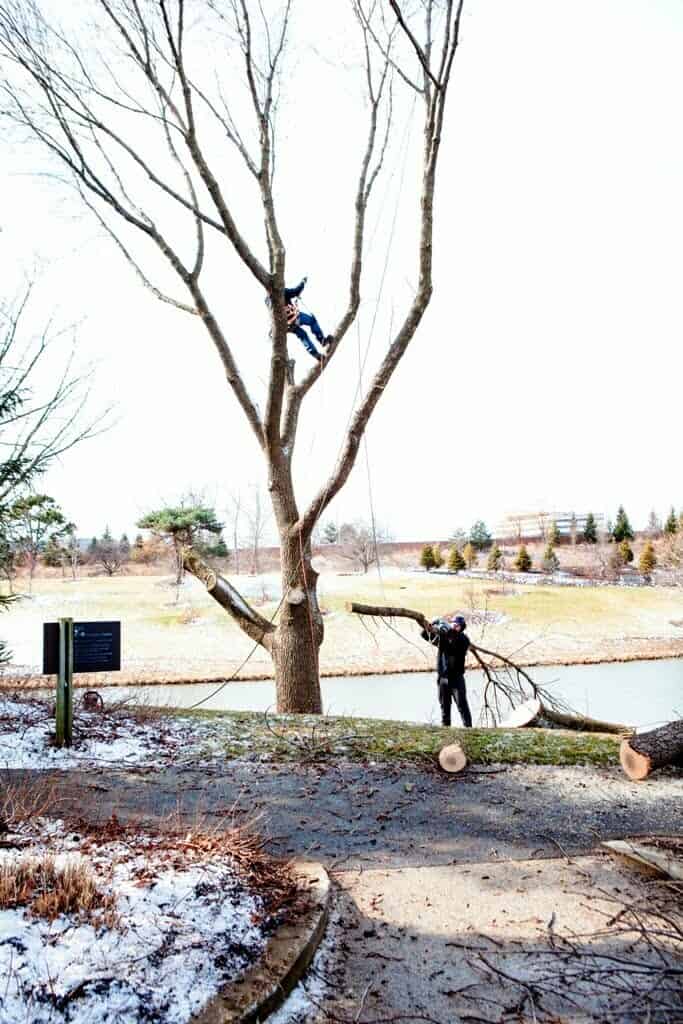
Assessing the Tree's Health
To assess the health of a storm-damaged tree, it is essential to evaluate its overall condition and vitality. After a storm, trees can appear severely damaged or frost-cracked in winter, with broken limbs, shredded foliage, or torn bark. However, these initial wounds may not be fatal to the tree. Trees have an incredible ability to recover from storm damage, but it is important to assess the extent of the damage and take appropriate measures for recovery.
The first step in assessing a storm-damaged tree is to determine its overall health and vigor. If the tree is generally healthy, not posing a hazard, and has not suffered major structural damage, it is likely to recover with the application of first aid measures immediately after the storm. Monitoring the tree before using fertilizer is crucial, as in some cases, damaged trees may not benefit from nutrient applications. It is best to allow the tree to recover on its own or consult a professional arborist for advice.
Next, it is important to evaluate if the tree's root system is intact and stable. A stable root system is crucial for the tree's survival and recovery. If the roots are exposed or damaged, it may compromise the tree's stability and health. In such cases, consult with a professional arborist to determine the best course of action.
Lastly, the loss of the leader, which is the main upward-trending branch on most trees, should be assessed. In species where the leader is important for upward growth or desired aesthetics, the loss of the leader may impact the tree's recovery. Professional help may be necessary to evaluate and address this issue.
Evaluating the Damage: Can The Tree Be Saved?
When evaluating the damage to a storm-damaged tree, it is important to assess its overall condition and vitality. This involves assessing the tree's health and determining if it is creating a hazard. If the tree is basically healthy, not creating a hazard, and did not suffer major structural damage, it generally has a good chance of recovering if first aid measures are applied immediately after the storm.
Another important factor to consider is whether the tree has sustained significant trunk damage. Trunk damage, such as deep cracks or splits, can be detrimental to the tree's structural integrity. In some cases, this type of damage may warrant removal of the tree for safety reasons.
Additionally, it is crucial to determine if at least 50 percent of the tree's crown (branches and leaves) is still intact. This is a good rule of thumb when assessing tree survivability. A tree with less than half of its branches remaining may not be able to produce enough foliage to nourish itself through another growing season.
Lastly, it is necessary to examine the size of the wounds where branches have been broken or bark has been damaged. Larger wounds are less likely to heal, leaving the tree vulnerable to disease and pests. Monitoring the wounds and ensuring proper care is taken can help the tree recover and prevent further damage.
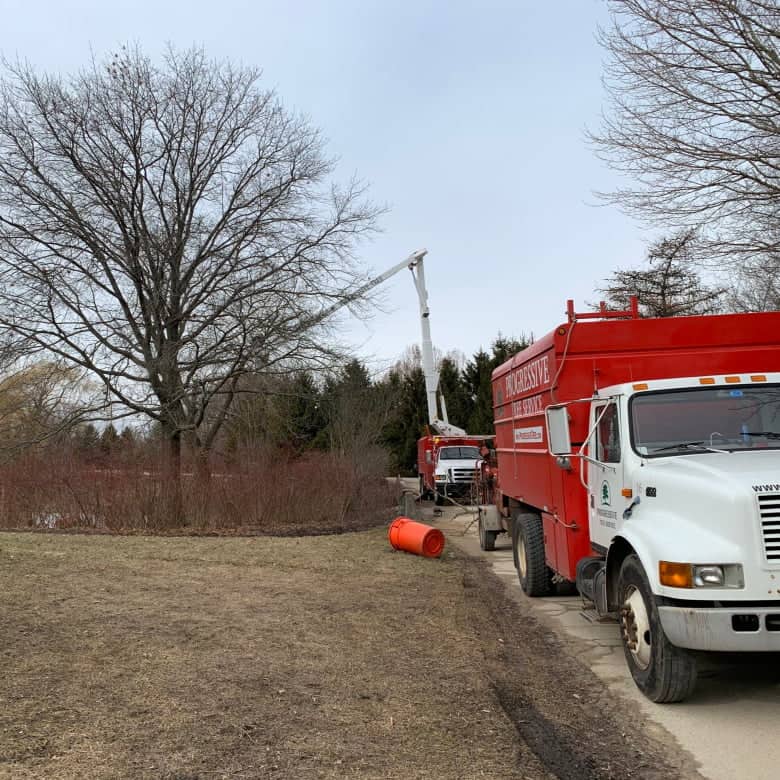
Repair The Storm Damaged Tree: First Aid Measures for Recovery
First aid measures can be taken to repair a storm-damaged tree and aid in its recovery. When evaluating the damage, homeowners should assess the overall health and vigor of the tree, the extent of broken limbs, the loss of the main tree stem, the intactness of at least 50 percent of the tree crown, the size of the tree wounds, and the presence of remaining branches that can form a new branch structure.
Once the damage has been assessed, and safety precautions taken, the following first aid techniques can be employed to promote tree recovery:
- Prune broken branches: Remove any broken or damaged branches using proper pruning techniques. This will help the tree close over the wounds and prevent further damage or infection.
- Repair torn bark: If the tree's bark has been torn or damaged, gently trim any rough edges around the wounds to promote healing and prevent disease.
- Monitor tree health: Keep a close eye on the tree's health and monitor for signs of weakness or decline. If necessary, consult with a professional arborist for guidance on tree care and maintenance.
- Implement rehabilitation methods: Depending on the severity of the damage, additional rehabilitation methods may be required, such as supporting the tree with stakes or braces, providing supplemental watering or fertilization, or applying protective treatments to prevent pest infestation or disease.
Hiring a Qualified Arborist To Bring Your Storm Damaged Tree To Health
Hiring a qualified arborist is essential for restoring the health of your storm-damaged tree. When it comes to tree care, it is important to rely on professionals who have the expertise and knowledge to properly assess and treat your tree. There are several benefits of professional tree care that make it worth considering.
Firstly, arborists are trained to identify signs of tree damage that may not be obvious to the untrained eye. They can assess the extent of the damage and determine the best course of action to promote tree recovery. Additionally, they are well-versed in common tree diseases and pests, and can provide treatments to prevent further damage. Regular tree maintenance is also crucial in preventing future storm damage. Arborists can help develop a maintenance plan that includes storm damage cleanup, pruning, fertilization, and other necessary steps to promote tree health.
When hiring a qualified arborist, it is important to look for certain qualifications and certifications. Ensure that the arborist is certified by reputable tree industry groups and has the necessary insurance coverage. Checking references and obtaining multiple estimates can also help ensure that you are hiring a reputable and trustworthy professional.
Safety Precautions to Take
To ensure the safety of both yourself and others, it is important to take certain precautions when dealing with a storm-damaged tree. Here are some key safety measures to consider:
- Conduct a thorough tree inspection: Before attempting any tree work, carefully assess the condition of the tree. Look for signs of structural damage, such as broken limbs or a leaning trunk. It is recommended to consult a professional arborist for an expert evaluation.
- Be aware of electrical hazards: Fallen trees or branches may come in contact with power lines, posing a serious risk of electrocution. Always assume that downed power lines are live and keep a safe distance. Contact the utility company or emergency services to report any electrical hazards.
- Consider insurance claims: If your property has been damaged by a storm-damaged tree, it is important to document the extent of the damage with photographs and notes. Consult your insurance policy to understand the coverage for tree removal and repairs. Contact your insurance provider to initiate the claims process.
- Practice emergency tree removal with caution: In some situations, emergency tree removal may be necessary to ensure the safety of individuals and property. However, it is crucial to approach this task with great care. Consider hiring a professional tree care company equipped with the necessary tools and expertise to safely remove the tree.
Remember to prioritize safety above all else when dealing with a storm-damaged tree. If you are unsure or uncomfortable with any aspect of tree work, it is best to consult a certified arborist who can provide guidance and perform tree pruning techniques to restore the health and stability of the tree.
The Importance of Patience
One key aspect to consider when dealing with a storm-damaged tree is the importance of exercising patience. While it may be tempting to rush into action and immediately remove or prune the tree, it is crucial to give it time to recover. The timeframe for recovery can vary depending on the extent of the damage and the overall health of the tree. It is important to understand that a storm-damaged tree may experience a setback in its growth, but with proper care and time, it can still recover and thrive.
Monitoring the tree's progress is essential during this time. By observing the tree closely, you can assess its response to the damage and determine if any further action is needed. Factors affecting the tree's resilience, such as its age, species, and overall health, should also be taken into consideration. These factors can influence the tree's ability to recover and its future growth.
It is advisable to seek professional assessment when dealing with a storm-damaged tree. A certified arborist or tree care specialist can evaluate the tree's condition and provide expert advice on the best course of action. They have the knowledge and experience to determine if the tree can be saved or if it poses a risk and needs to be removed.
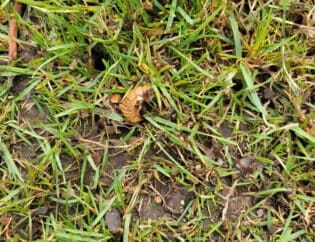
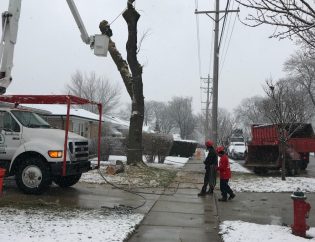
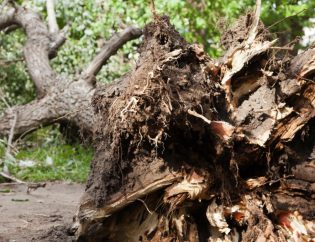
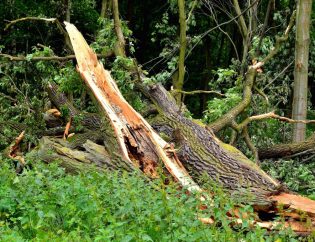
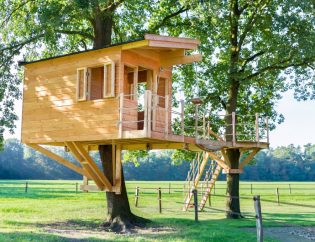
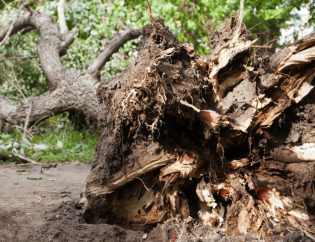
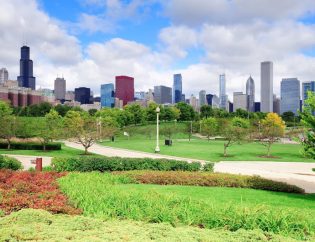
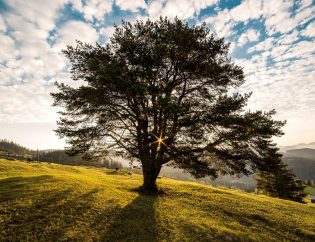

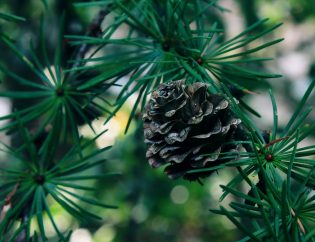
You must be logged in to post a comment.